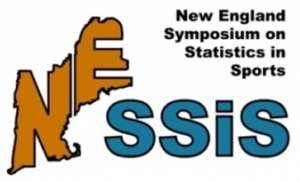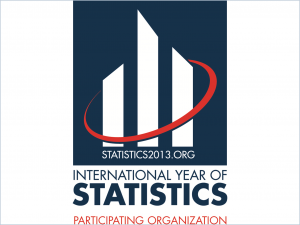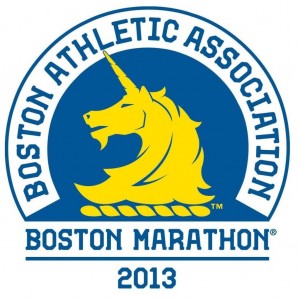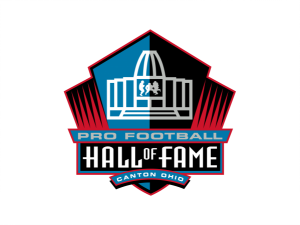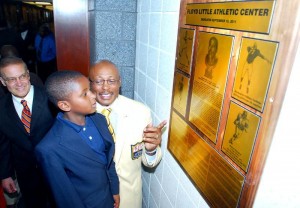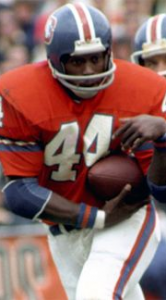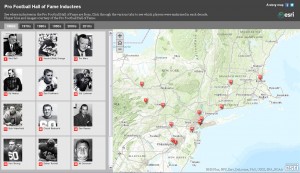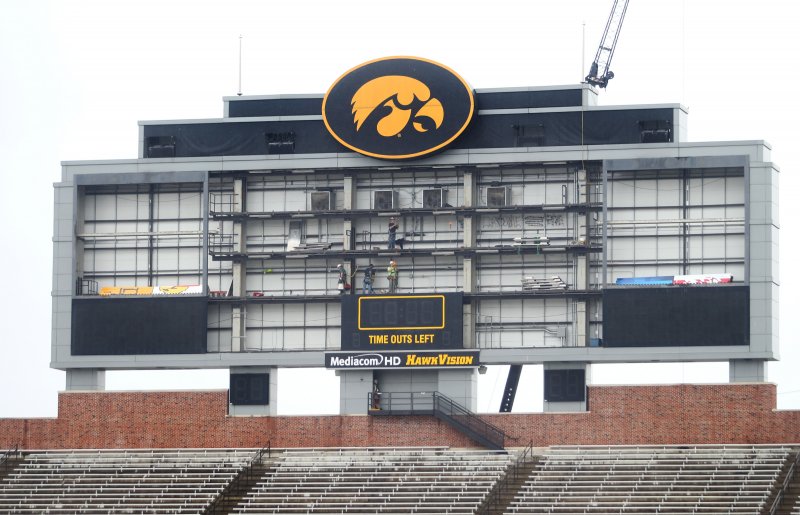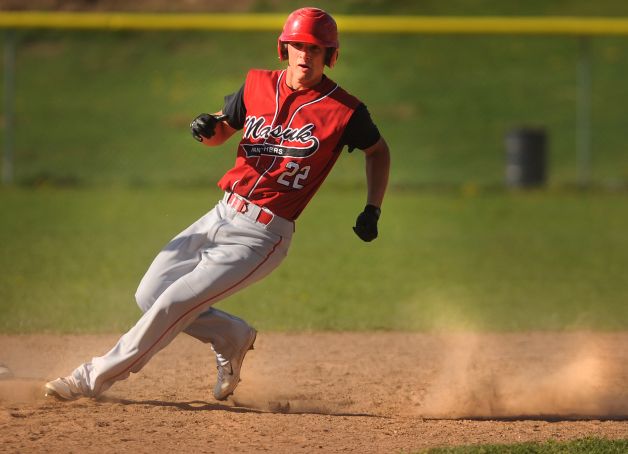Hartford Marathon Prepares for Hand-off to New Title Sponsor
/
More than 1200 volunteers, 30 bands and local entertainers, and thousands of participants and spectators will flood into the Capitol City on October 12 for the annual ING Hartford Marathon. It will be the last time they do so under the ING banner, as the company is not renewing its sponsorship of the race after this year’s edition, their sixth as title sponsor.
This year’s race is expected to attract 18,000 runners and 57,000 spectators. Prior to ING, United Technologies had been the title sponsor, following Aetna in the lead role since the race’s inception. The Hartford Marathon has served as an increasingly impactful economic stimulus to Greater Hartford, helping to fill hotel rooms, bars, restaurants, and other tourist attractions throughout the region.
In 2012, the marathon brought in at least $11 million of economic value to the Hartford area, according to an analysis by Witan Intelligence Strategies Inc. About 29 percent was spent on lodging, 26 percent on recreation, and 20 on percent meals. The remaining expenses were for transportation and shopping, the Hartford Business Journal reported.
ING U.S., with major operations in Windsor, will end its association with the state's signature running event as it separates from its Dutch parent and rebrands into a new company — Voya Financial. ING U.S. is also dropping its title sponsorships of races in New York and Miami. ING employs more than 1,700 people in the state, mostly in its Windsor campus on Day Hill Road.
The Hartford Marathon Foundation is alr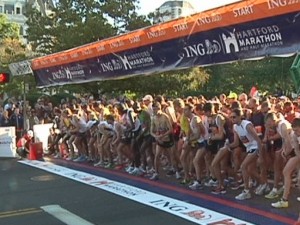 eady searching for a new 2014 title sponsor, which it hopes to have in place by the end of this year.
eady searching for a new 2014 title sponsor, which it hopes to have in place by the end of this year.
ING will have 200 volunteers at this year's event. ING staffers will anchor water stations, hand out material (including medals for participants), and assist in various capacities. Water and carbo fluid stations are to be located at mile 2, mile 4 and every mile thereafter on both the the Marathon and Half Marathon courses, officials say.
In addition to more than a dozen major sponsors drawn from the ranks of Connecticut’s leading corporations (including United Technologies, Hartford Hospital, Power Station, legrand, Aetna, Travelers, Baribault Jewelers and Executive Auto Group), volunteers each year include staff members from Connecticut businesses, community groups and organizations that devote volunteers as a group service effort.
In addition to the Hartford Marathon, ING also sponsors Run For Something Better, a program that encourage kids to participate in the sport of running and make healthy lifestyle choice. Participants in the initiative run various times per week in the weeks leading up to the race, and then arrive on marathon day to complete their final mile.
In addition to the race itself, numerous associated activities have grown up through the years. For the first time last year, the “Mile Barkers", members of Sea Tea Improv of Hartford performed at mile markers as runners pass by. They’ll be back this year. A new "Psyching Team" is available before race day, at the start, on the course and at the finish. Hartford's Post-Race is "one of the best in North America," says The Ultimate Guide to Marathons.
The event has also developed a national reputation for extensive greening initiatives. New this year are collaborative efforts with the UCONN EcoHusky Club and EcoHouse Learning Community and Hartford's Knox Park.


